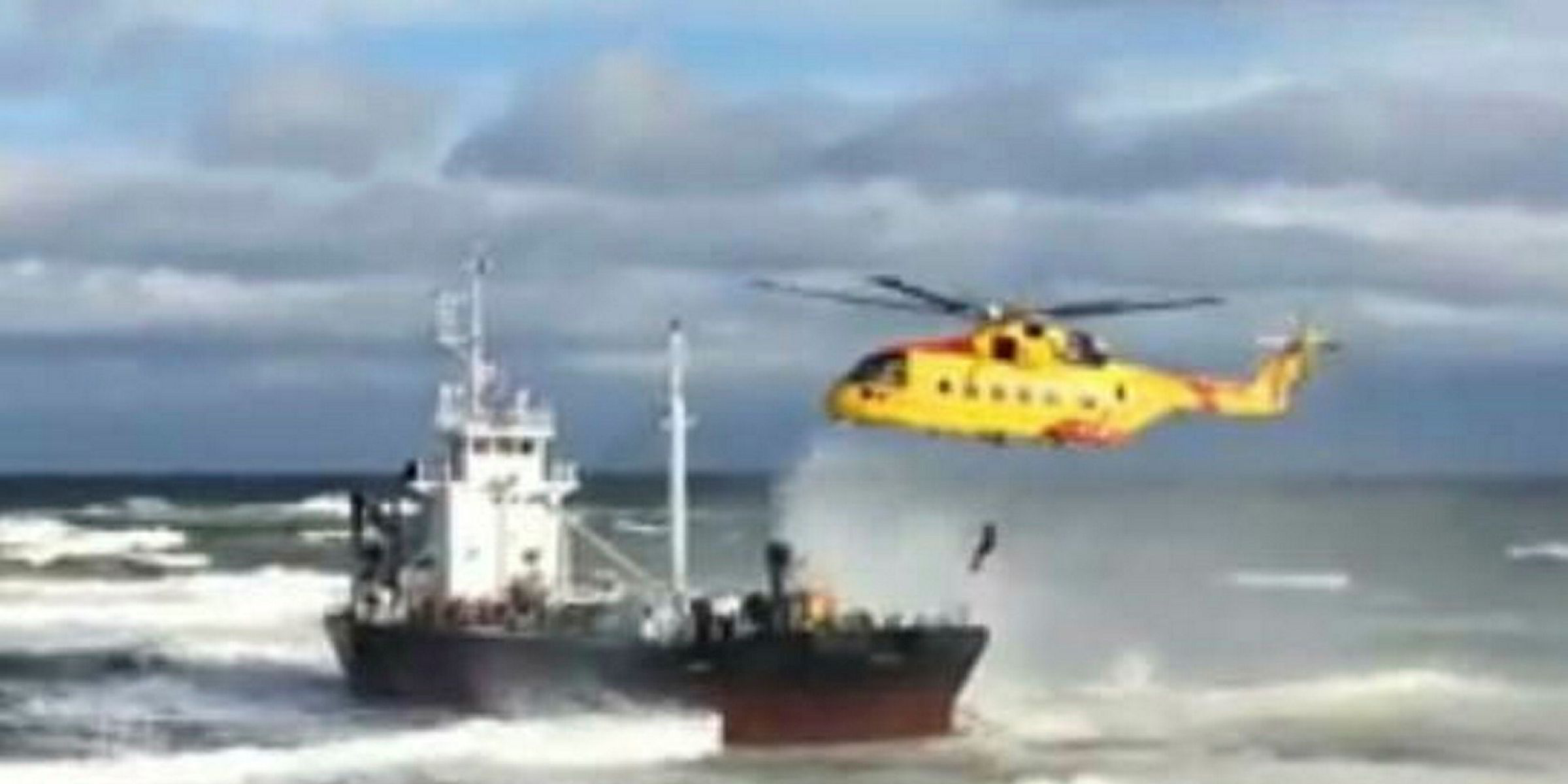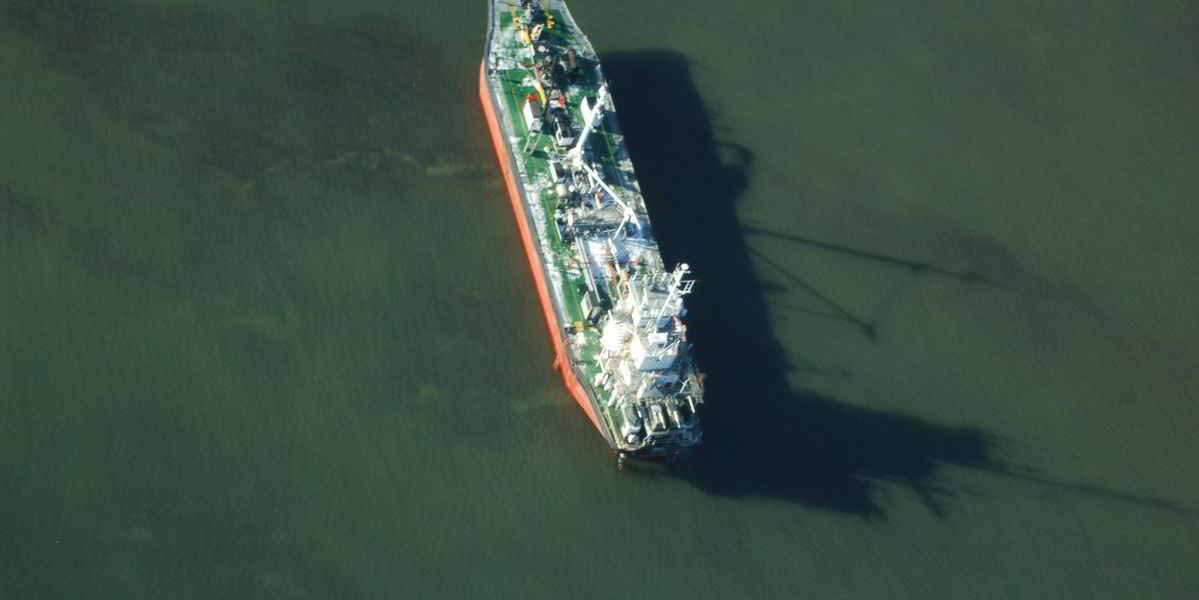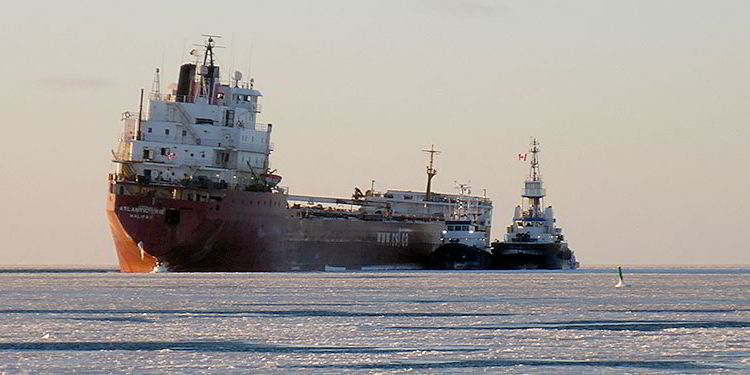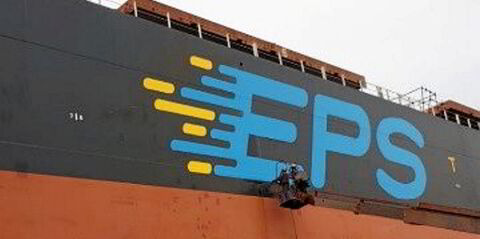A Canadian investigation into the grounding of a bunker tanker in 2017 has revealed that neither the master nor chief engineer were qualified to perform those roles.
The Transportation Safety Board of Canada (TSB) blamed inadequate vessel maintenance and voyage planning guided by an under-qualified crew for the incident last January involving the 1,300-dwt Arca 1 (built 1963) near Sydney in Nova Scotia.
The ship was being delivered to Mexico from Sorel, Quebec, when it grounded in heavy weather while under reduced propulsion due to a failure of the port propulsion clutch.
The vessel sustained major damage to the hull and propulsion machinery. A few days later, it was refloated and towed to Sydney.
The investigation found that the tension on the main propulsion clutch was not checked and adjusted before or during the voyage as per the manufacturer's recommendation.
As a result, the clutch failed due to slippage, causing the loss of port propulsion and a reduction of vessel speed. The loss of speed increased the time required to reach Sydney, preventing the vessel's arrival before weather deteriorated.
The vessel gradually could not continue moving forward in the severe weather, causing it to drift to the west. The anchor was deployed to attempt to secure the vessel, but it could not hold and the tanker continued to drift further west towards the shore until it ran aground.
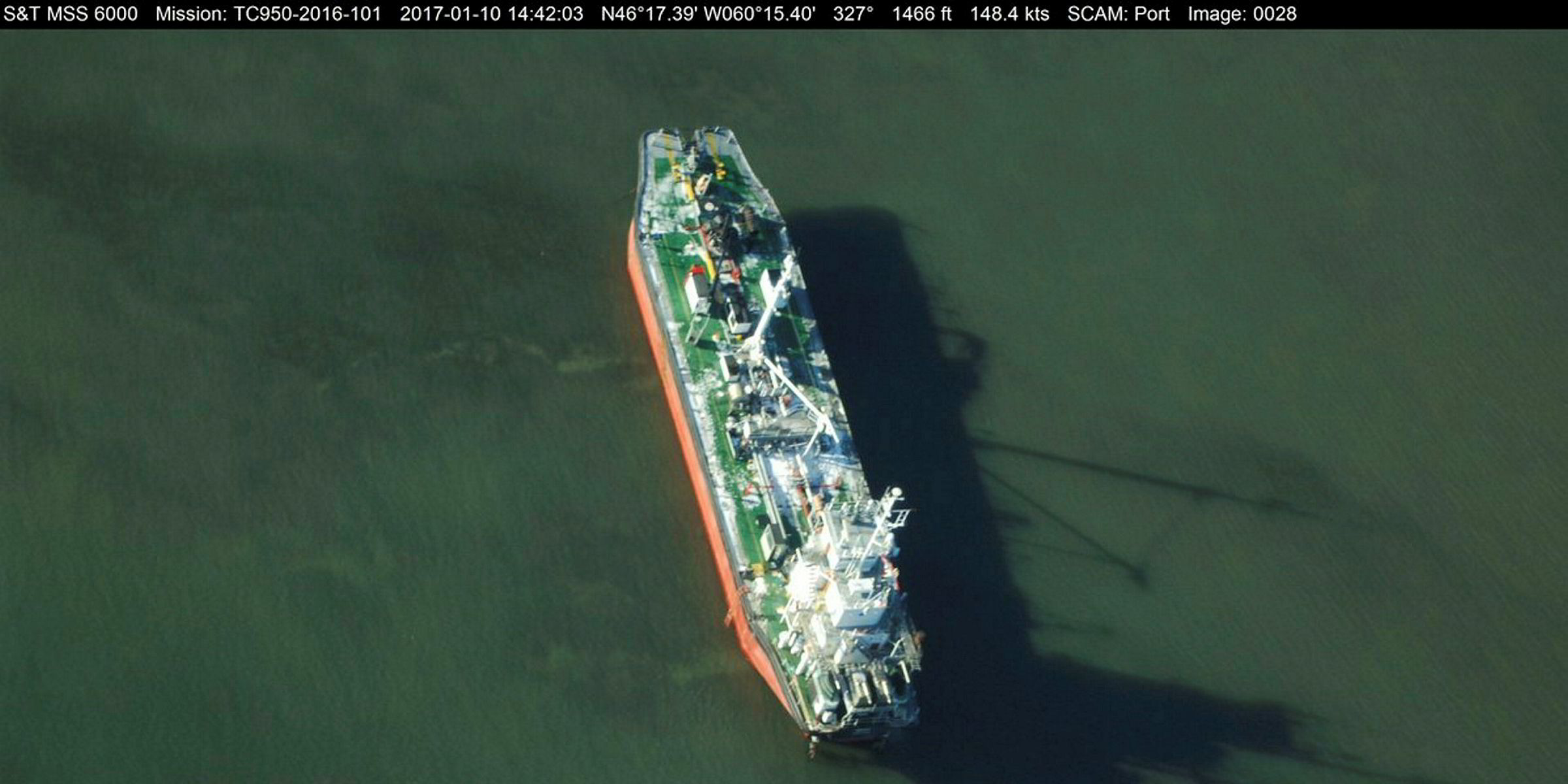
The investigation found that the master was not qualified to act as captain and the motorman was not qualified to act as chief engineer.
"Voyage planning was carried out in a manner that was not consistent with best practices, as contingencies and limitations were not taken into account," TSB said.
"If crew members are not qualified for the positions to which they are assigned, they may not carry out these duties effectively, increasing the risk of an accident or injury."
Wrong men in wrong jobs
TSB said the master held a document issued in the US under the provisions of the International Convention on Standards of Training, Certification and Watchkeeping for Seafarers (STCW) 1978.
This entitled him to serve as chief engineer on vessels of not more than 3,000 (GT).
The former US Coast Guard man was allowed to serve as master only on vessels of not more than 500 GT on US domestic voyages.
The second mate actually had a US document that entitled him to serve in the capacity of master on vessels of not more than 3.000 gt.
The motorman, meanwhile, held an engine room rating certificate issued in Canada.
All crew member certificates were endorsed by the Panama Maritime Authority for a period of three months.
"The investigation determined that, as a result of some crew members' performing roles for which they were not qualified, certain critical tasks were not carried out, and others were performed ineffectively," TSB said.
"The master...carried on assuming the role of master during the voyage and made critical decisions, such as the decision to sail on the day of the occurrence. Because he did not serve the role of chief engineer, for which he was qualified, the primary oversight of the mechanical systems during the voyage was left to the motorman, who was not a qualified chief engineer," it added.
"Thus, there was no formal oversight of the vessel's mechanical systems by a qualified engineer," TSB said.
The tanker is owned by Petroil Marine of Mexico.
An agreement has now been signed with Lloyd's Register to certify the vessel and the owner's management processes under international safety management rules.
